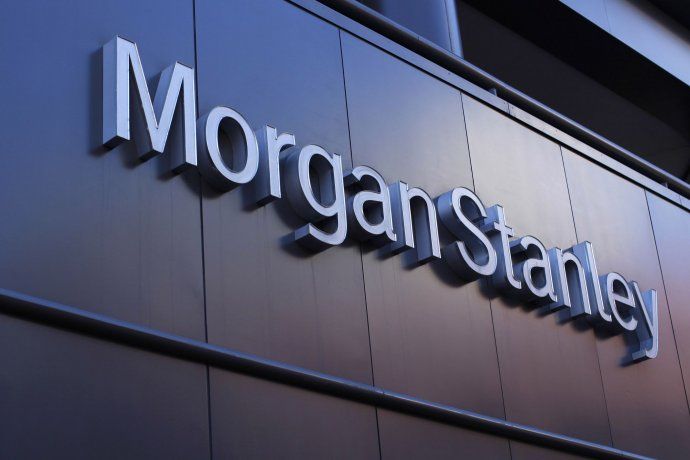The yields of the American treasure bonds in the longest Moody’s ratings will reduce the credit rating from the US and revived fears on the growing debt of the country. However, at the close the foam and Wall Street recovered at the same time as the performance of the treasure bonds.
Specifically, the yield of the bonus to thirty years rose during the session to 5 %; The ten -year bonus grew to 4.5%, and the two -year bonus climbed up to 4%.
Let us remember that Moody’s announced Friday night that he withdrew his maximum note to the US governmentlowering AA1’s rating. The agency – which had lagged behind their peers – held the presidents and legislators responsible for successive administrations for an expanding budget deficit that, he said, shows few signs of reducing.
It should be remembered that, in the bonds, performance (yield) and price move in opposite addresses: If the performance rises, it is because the price of the bonus has fallen – which indicates that investors are demanding greater return to maintain that debt, usually for more perceived risk or inflation expectations and higher rates.
In its minimums of Monday morning session, Dow Jones fell more than 300 points and the S&P 500 lost about 1%. However, the main indices reduced their losses and ended up positive as the yields of the treasure bonds went back from their maximums.
What does it mean and what does the market analyze?
Moody’s’s decision to withdraw AAA rating to the USA alarm among global investors. The agency pointed out the high federal deficits and the rapid growth of interest payments as fundamental reasons for the reduction. The last componable rebound in long -term yields occurred during the “Tantum tariff”At the beginning of April, when bond market tension caused strong corrections in US actions and digital assets.
30 Years.webp
The moody’s reduction underlines the growing fiscal fragility of the United States and revives global risk aversion.
According to Jim BiancoDirector of Bianco Research: “The last time the 30 -year Treasury bonus yield closed at 5% or more was on October 31, 2023. The highest closure in recent history was 5.11% on October 19, 2023, the highest level since July 2007”. The current performance is only 12 basic points below that milestone.
Side B: Morgan Stanley advises purchase
Investors should consider buying US shares if a setback is presented for the recent reduction of credit rating, according to Michael Wilson, Morgan Stanley’s strategist, since the commercial truce with China decreases the recession risks.
Wilson provides for greater probabilities of an adjustment in the variable income after the decision of Moody’s, which promoted the 10 -year bonus yield above 4.5%. Even so, he recommends “taking advantage of that setback to buy,” he said in a note.
The futures of the S&P 500 retreated 1.2% on Monday after Moody’s justified the reduction for the growing fiscal deficit of the USA, without moderation signs. The movement revived doubts about the attractiveness of US assets in an environment of persistent commercial uncertainty.
Morgan Stanley.jpg

Truce with China reduces risk of recession and supports US actions.
With this action, Moody’s joins Fitch Ratings and S&P Global Ratingswhich had already removed the maximum qualification to the US debt (in 2023 and 2011, respectively). The American reference index has lagged in front of other markets this year and just recovered the losses of 2025 last week, after the provisional commercial agreement between Washington and Beijing.
In encouragement, Wilson said the results season concluded without tariff uncertainty, materially impacting. The recent rebound of the upward revisions of utilities also support the possibility of new stock market increases, even if the next months bring somewhat weaker commercial data.
“Although we contemplate that scenario, we believe that the probability that the market ignores that weakness to see it as transitory has increased thanks to the pact with China,” he said.
In March, Wilson had anticipated that volatility would persist until the second half of the year. It is now positioned among the few optimistic voices on US actions against internationals. For his part, David Kostin, Goldman Sachs strategist, provides that the technological “seven magnificent” overcome the S&P 500 again, supported by the strength of their profits, despite the correction suffered so far this year.
Source: Ambito
I am a 24-year-old writer and journalist who has been working in the news industry for the past two years. I write primarily about market news, so if you’re looking for insights into what’s going on in the stock market or economic indicators, you’ve come to the right place. I also dabble in writing articles on lifestyle trends and pop culture news.




